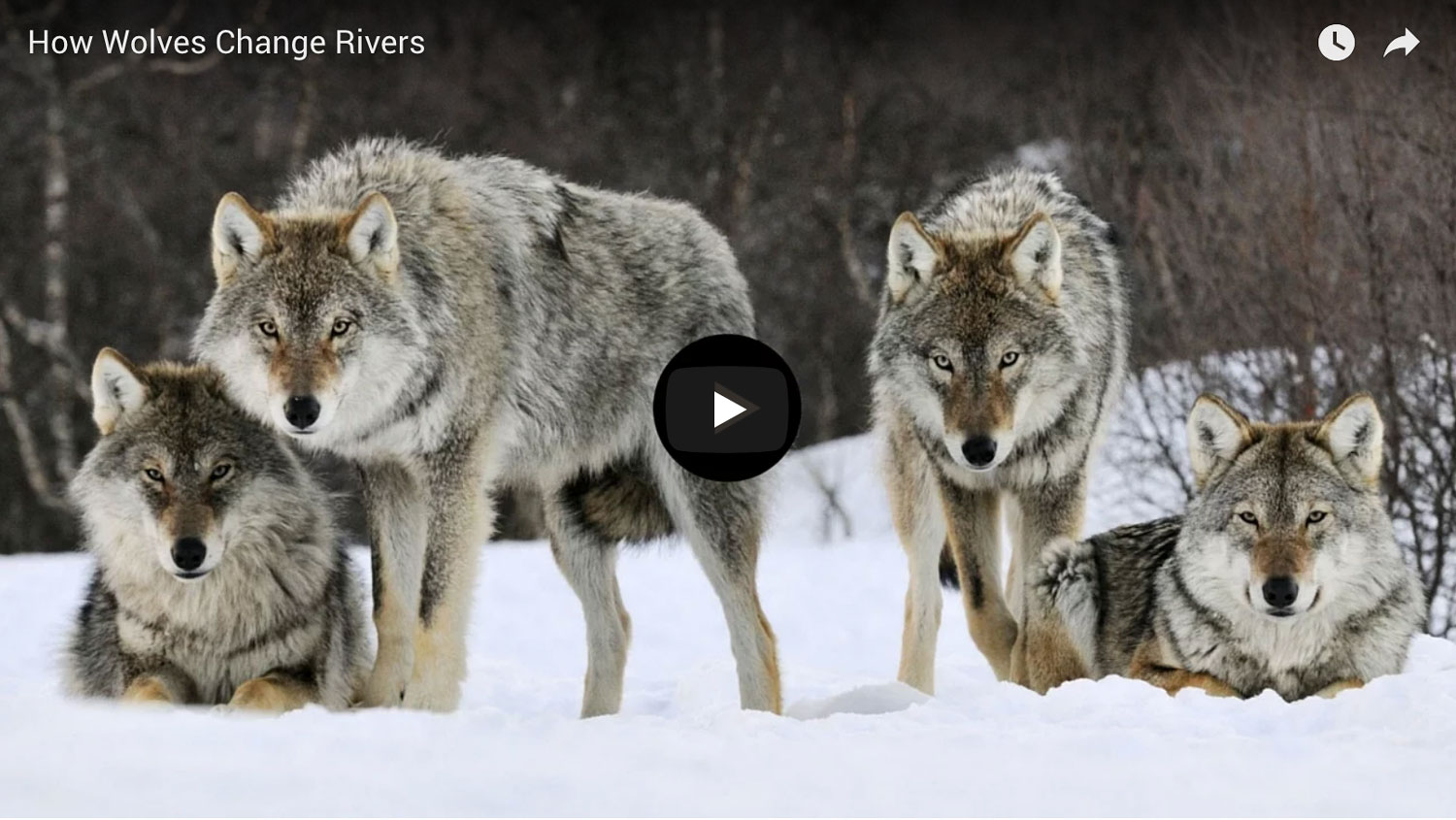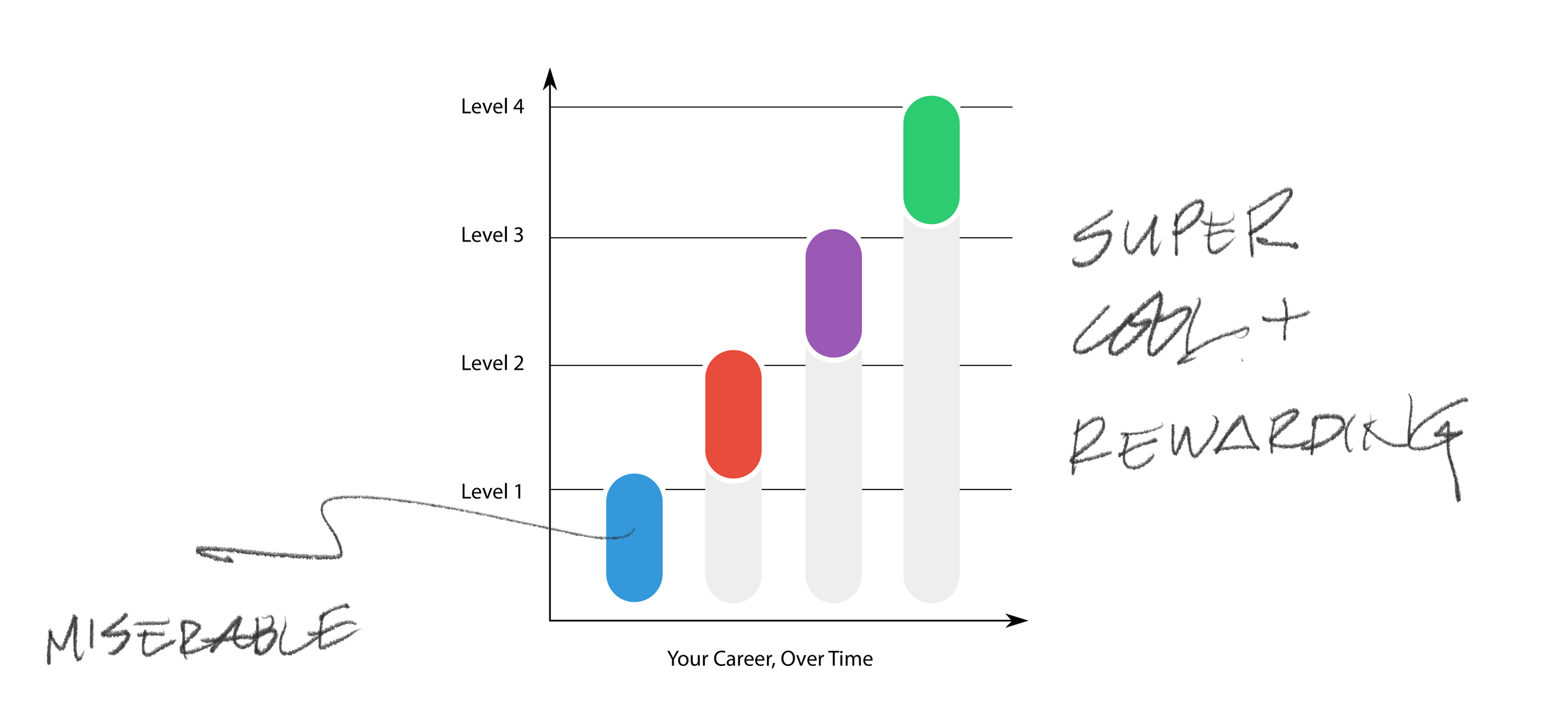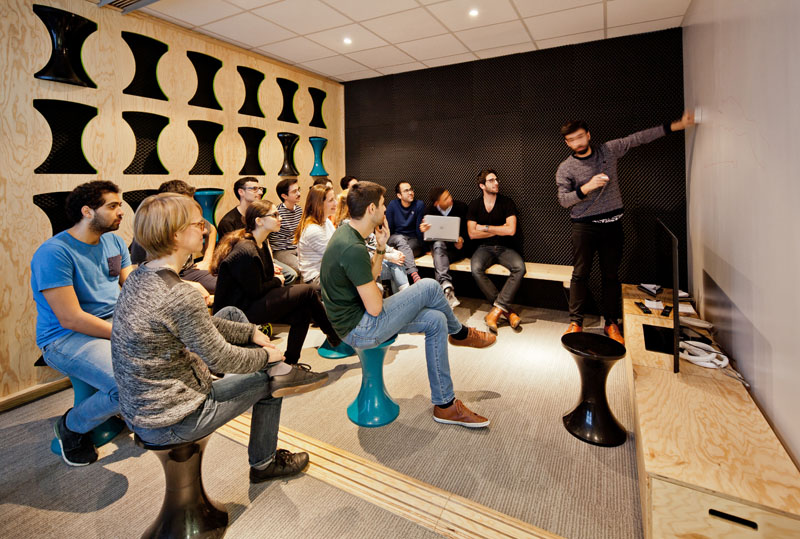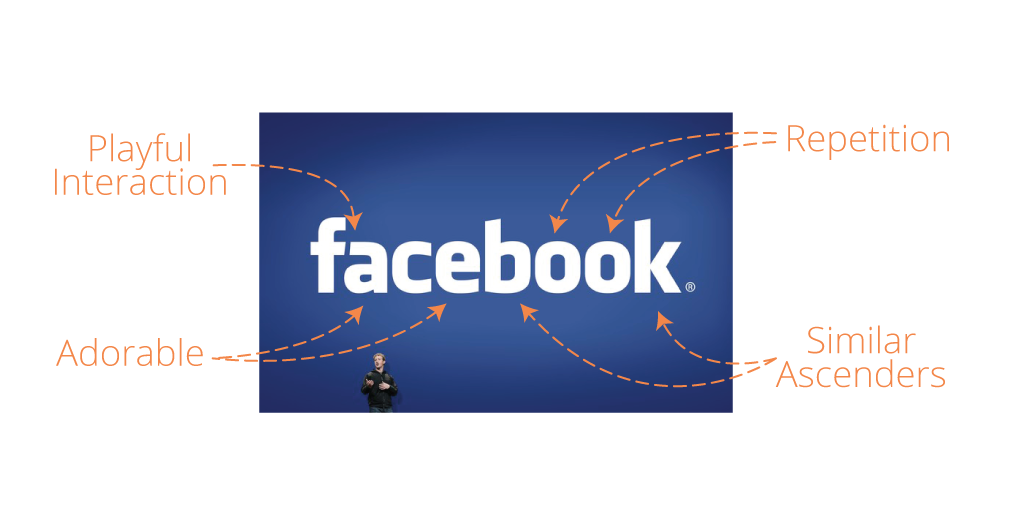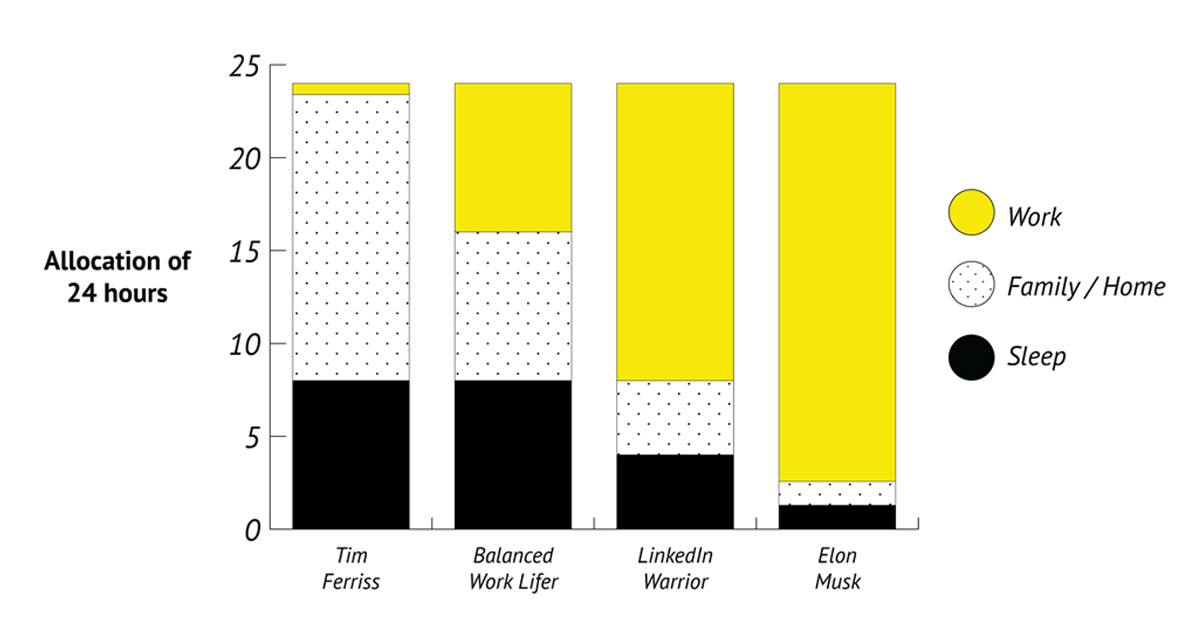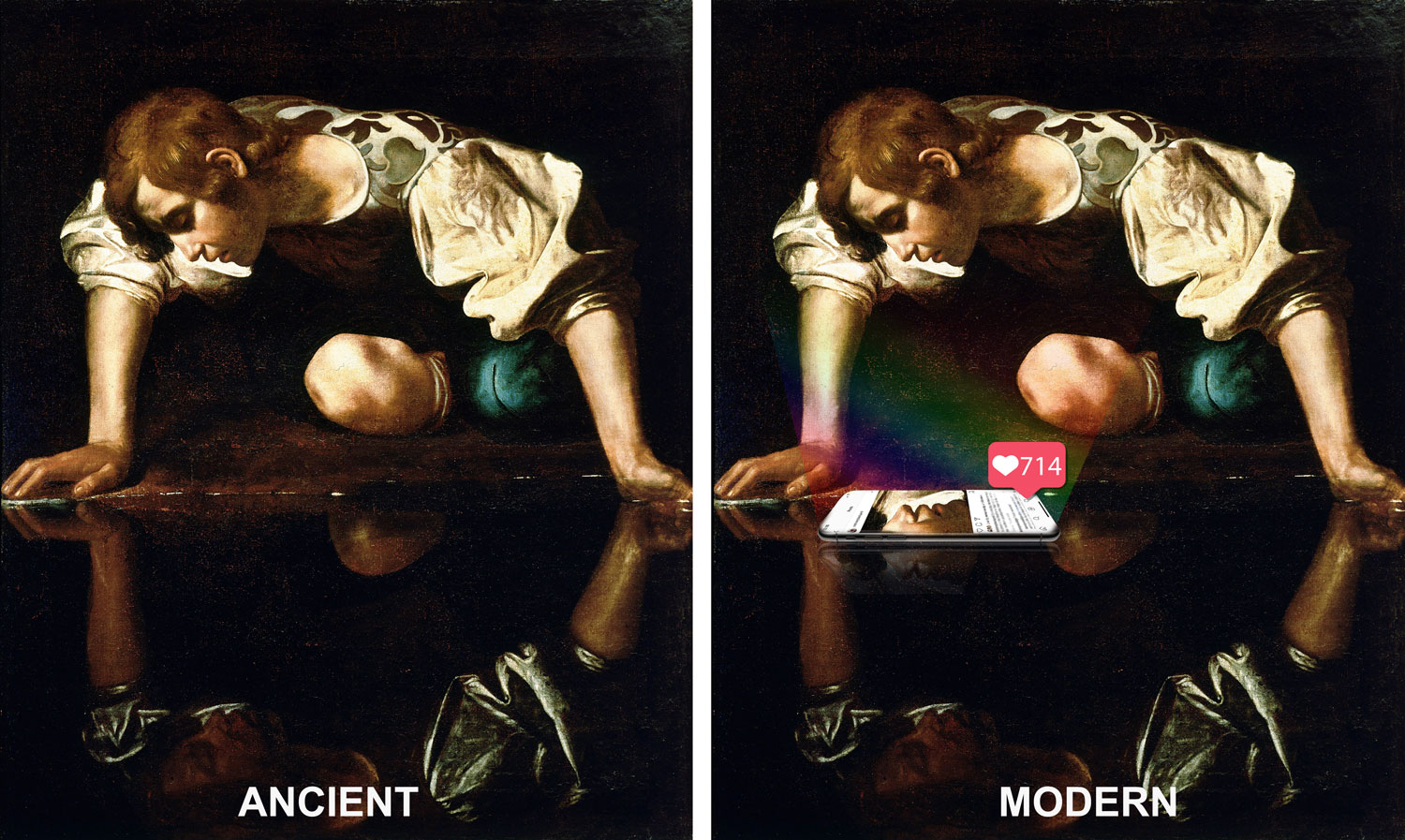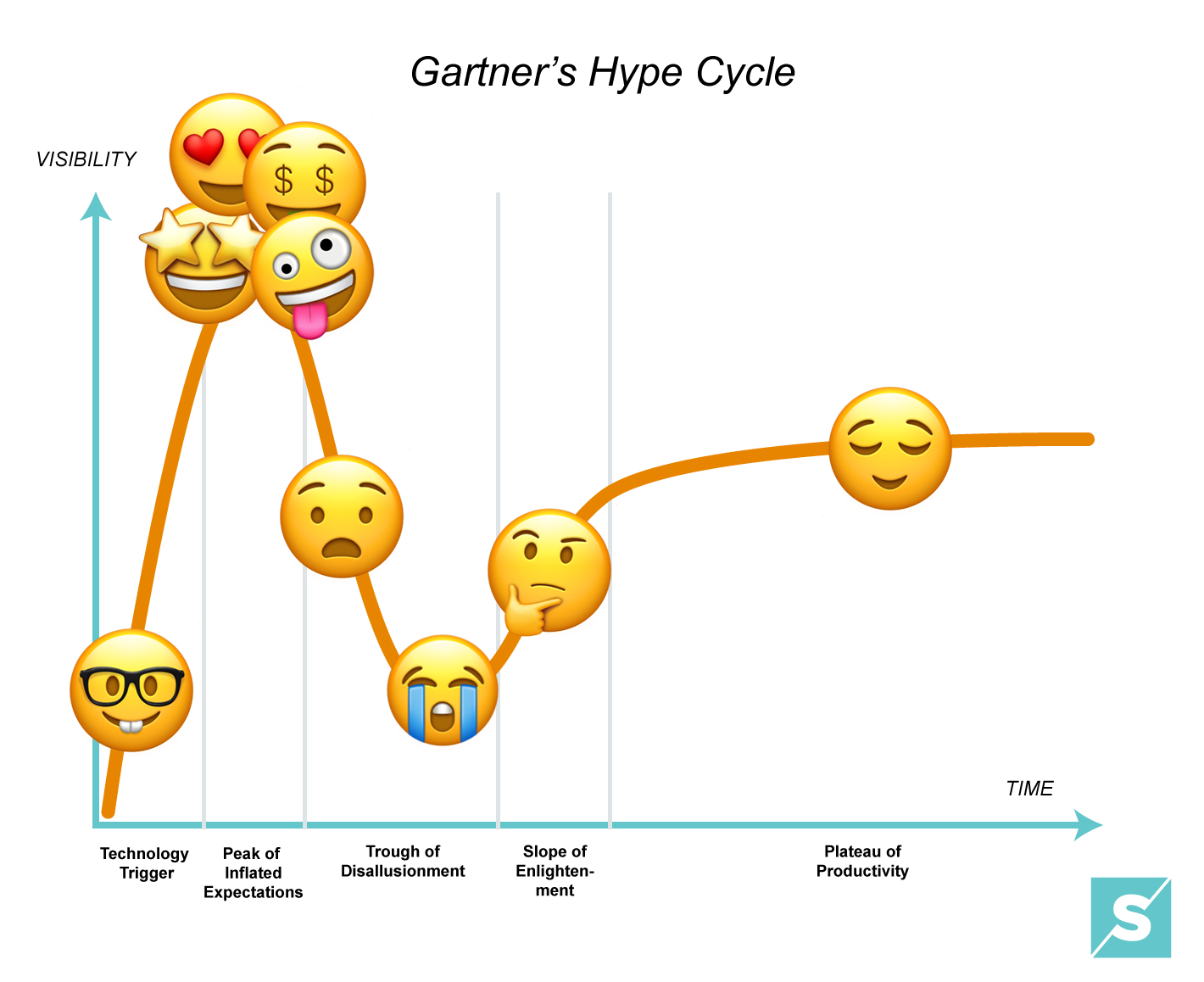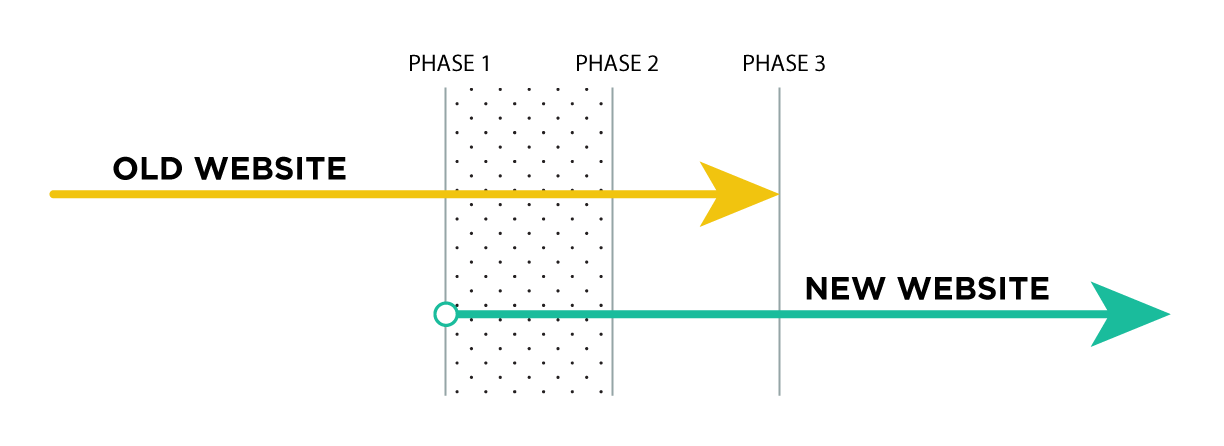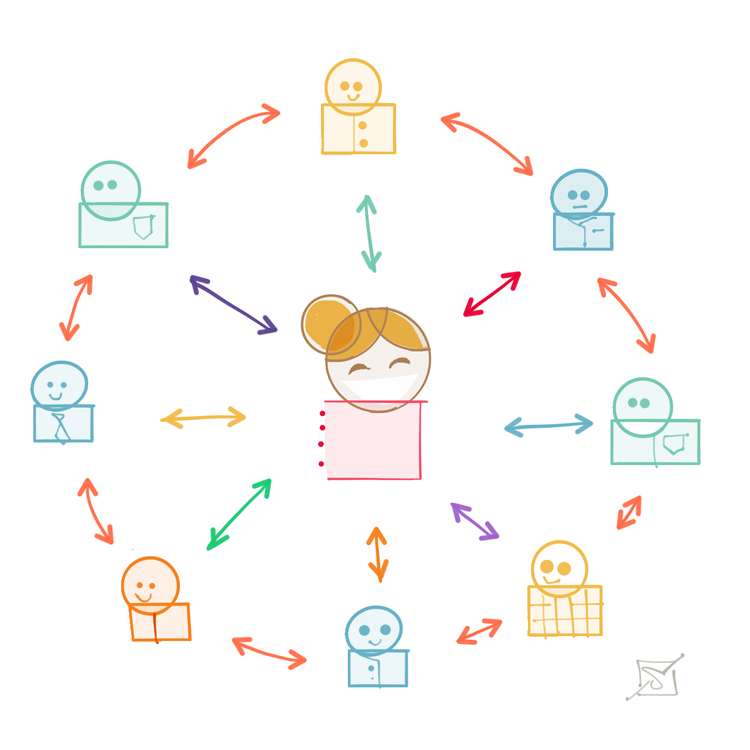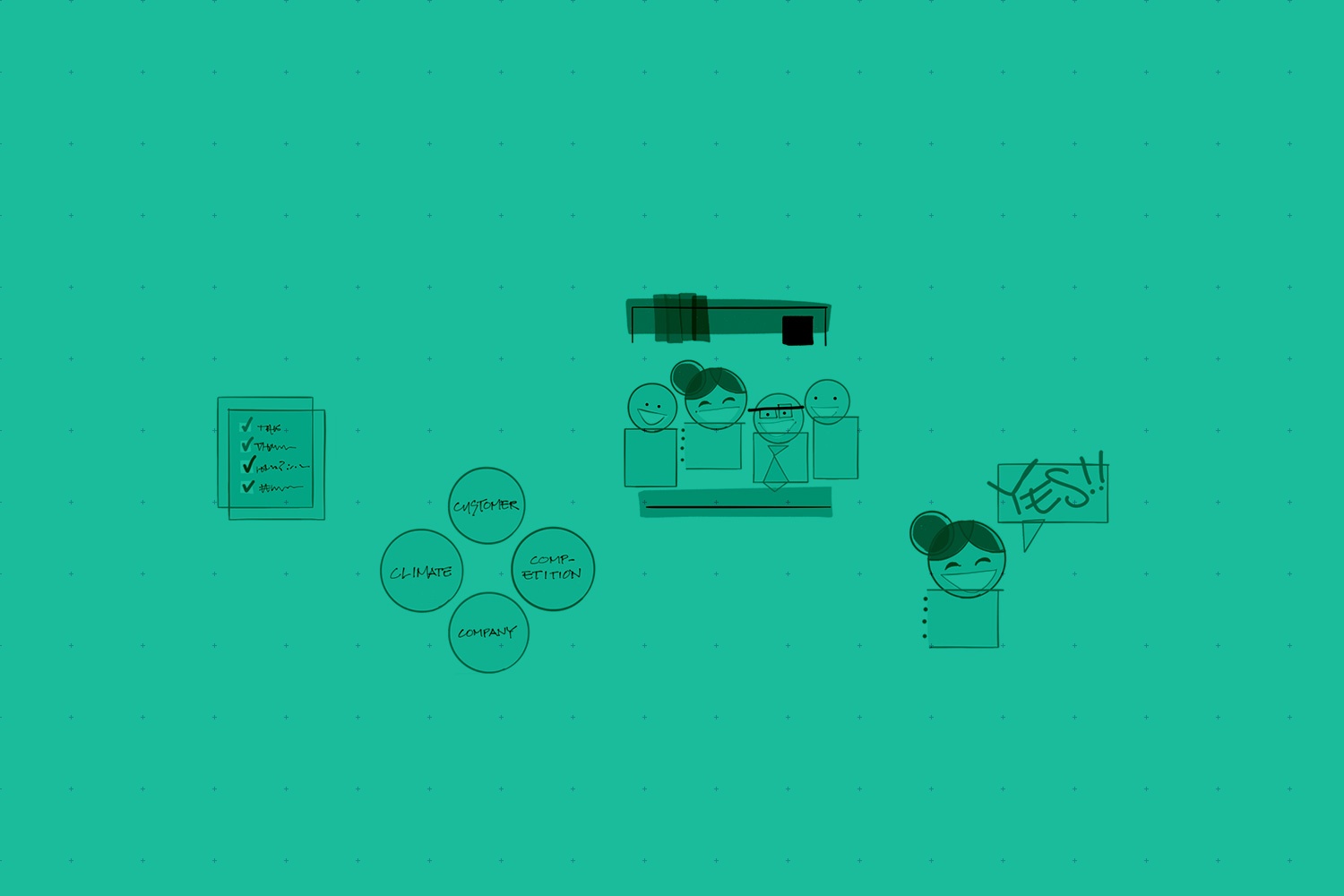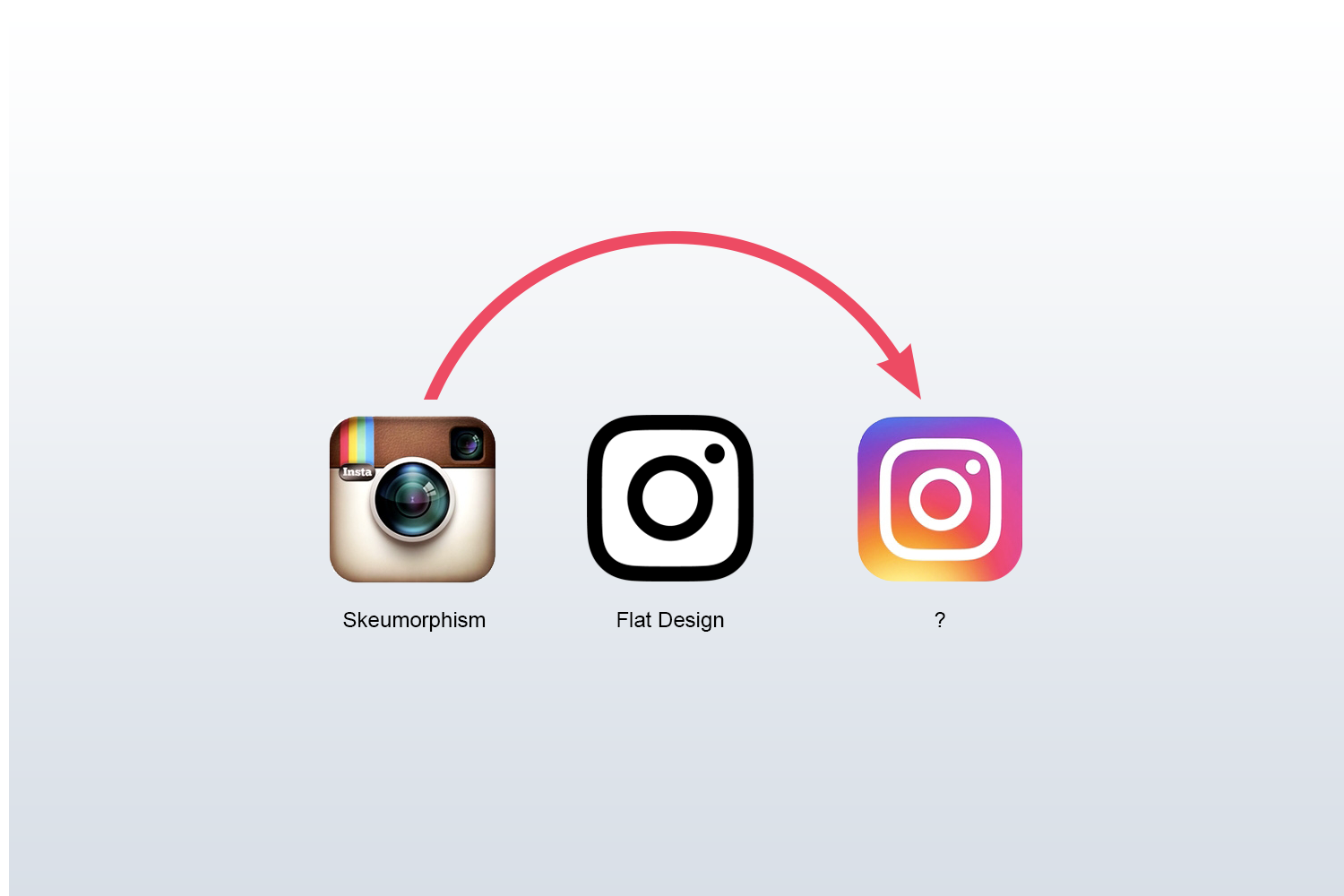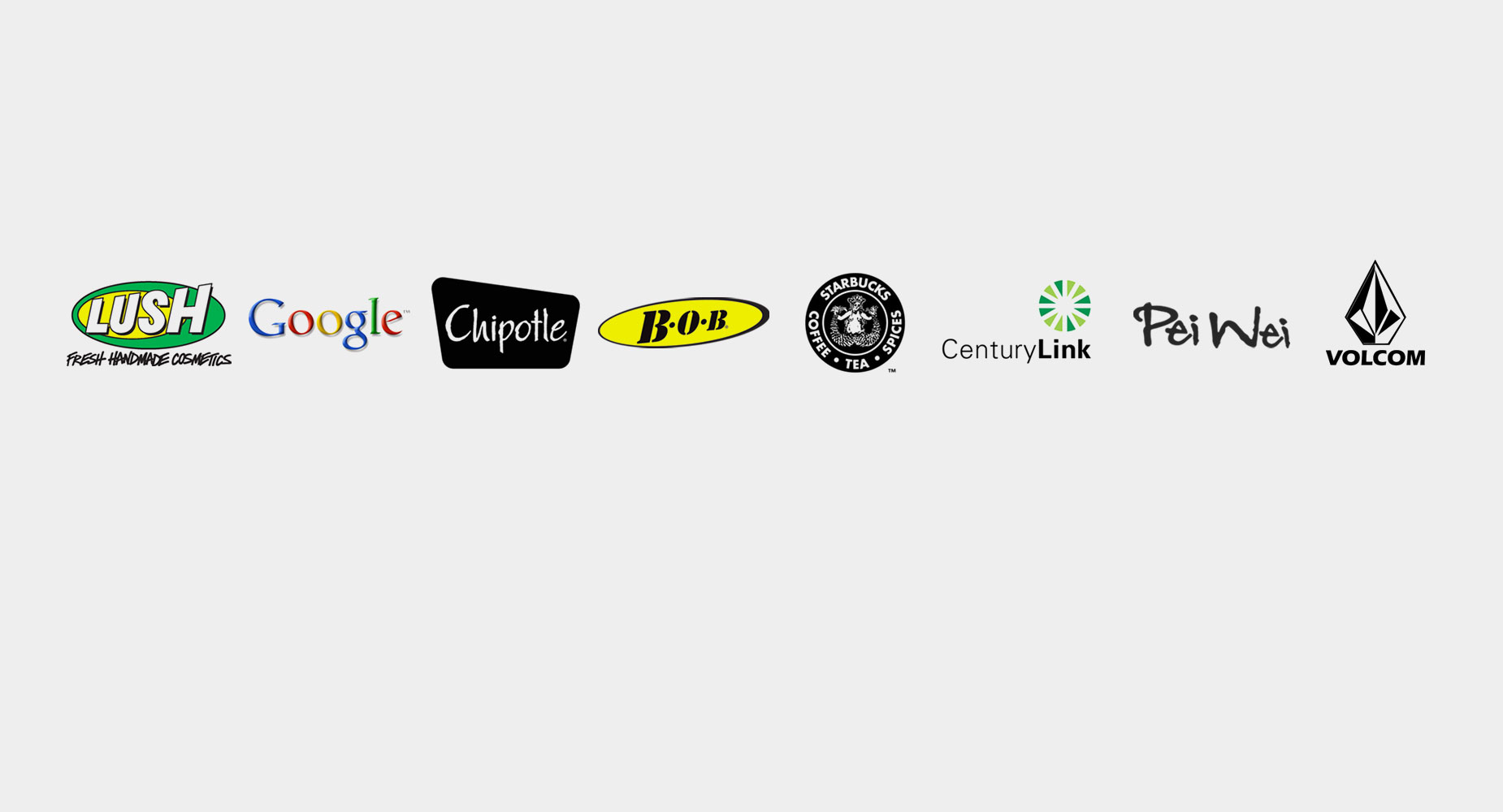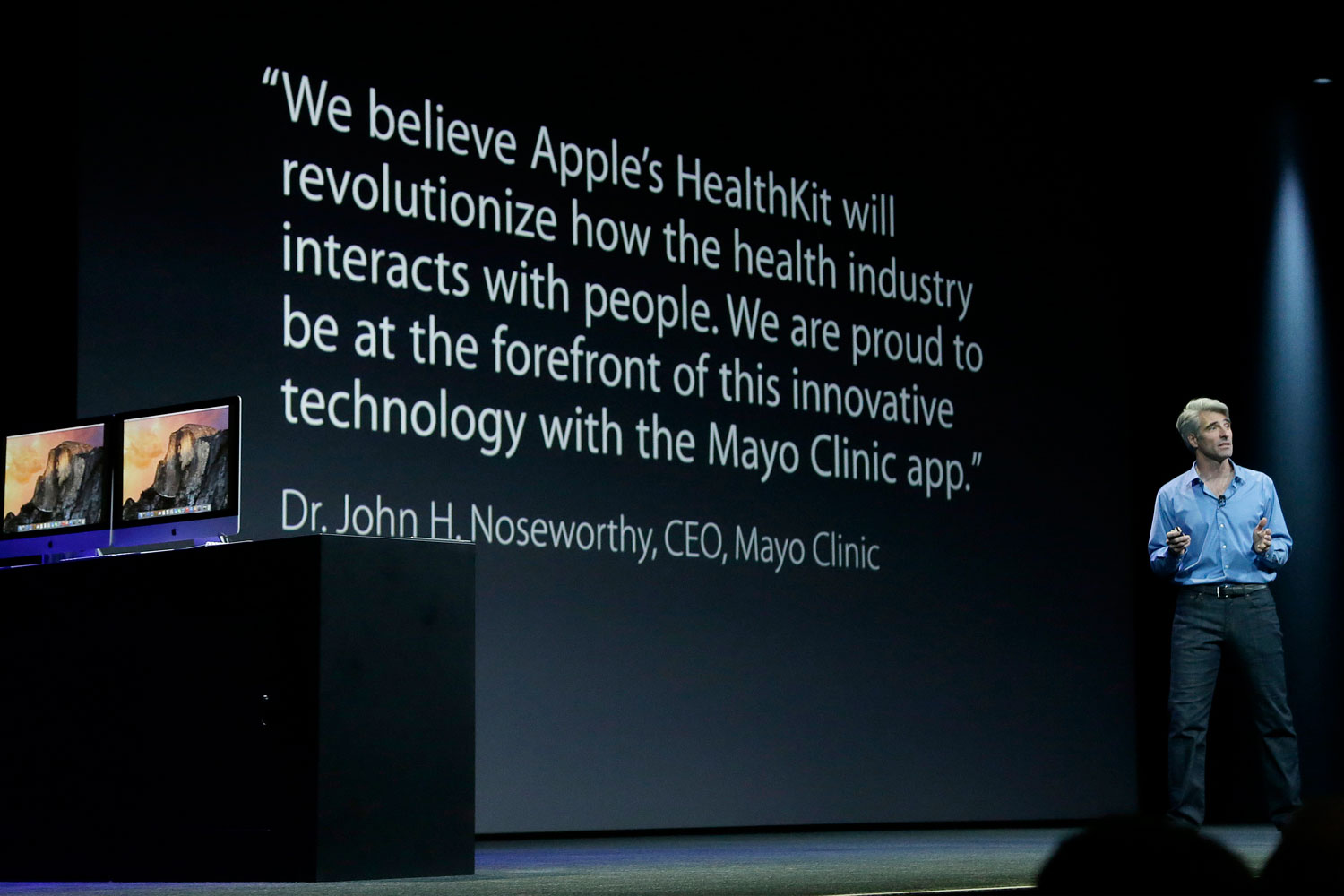There’s a cool story about how the reintroduction of wolves to Yellowstone National Park in 1985 had a significant impact on the entire ecosystem. Wolves actually changed rivers. Here's how...
With no wolves, deer were free to devour on the rich young grasses along the wide open edges alongside the river. Once wolves were reintroduced to the ecosystem, the deer felt more vulnerable, so they left the banks of the river and grazed on grasses elsewhere. This allowed grasses to mature, and made way for young saplings to mature into trees. The tree roots reduced erosion on the river’s edges, and change the river itself. It’s quite remarkable. Watch the video!
Ecosystems in Your Product Mix
It turns out that an ecosystem is a powerful way to see your company and your long-term competitive strategy:
1. Eliminate Invasive Species
Out in the wild, invasive species steal resources from the ecosystem. It’s a non-native fish that wipes out the frog population. Or that gnarly weed that steals away water and sunlight from native plants.
For your business, invasive species are your products that steal away time and energy and give very little in return. Right now as you read this, you already know one in your own company. Managing the product demands too much attention in meetings. The product demands too much money. The product demands too much time from top leaders.
The problem with eliminating invasive species from your company is that you aren’t just pulling weeds in a field, you are eliminating jobs, closing factories, and ultimately writing a new chapter in your company’s history. However unpopular, sometimes you just have to eliminate it.
Example: In 2008, Ford Motor Company sold off Land Rover and Jaguar. Then two years later in 2010, Ford Motor Company sold off Volvo and then eliminated their Mercury brand after 70 years. Ford was able to climb out of the Financial Crises without any financial support from the US Government. Ford shined when others did not.
2. Strengthen the Connections
By definition, everything in your ecosystem should benefit each other. If you are in charge, then you should obsess over this! How do your products and services benefit one another?
When you are limited on resources (time, money), this is the easiest place to start: look for ways to strengthen connections between your products.
Example: iCloud made it easier to sync all information on my Apple devices. Long gone are the days of downloading photos from my iPhone and onto my iMac. Now, magically, every iPhone, iMac, and iPad feels more awesome than before.
3. Introduce Something New
In our early story, wolves were introduced into the park and great things happened. For your own company, what is a new product or service that you can introduce that will open up new opportunities?
The best additions to your ecosystem make everything else better, all the while opening up new opportunities. It’s okay if a new product threatens an established product that is on its way out. (Surely Apple knew that by introducing the iPhone, their sales for the iPod would begin dropping.)
Example: In the late 1990s, Nike could see that the magical success of Michael Jordan's era in the NBA was over. They expanded into new markets. Nike began making shoes, clothing, and accessories for the soccer market. This was a global market with a fierce fan base, and a tremendous loyalty to Adidas. Today, Nike has a significant presence in the futbol culture. (Futbol? Soccer? I'm doing my best here.)
4. Revive
Sometimes the smartest strategy is to give new strength to a struggling part of your ecosystem. We don’t have to be bashful about this. It happens all the time: a product or service at your company doesn’t get a lot of attention, so it struggles and struggles more.
Example: Marvel Comics and DC Comics had a long history of storied superheroes, but nobody was people had all but stopped buying comic books. The two companies looked to revive their aging heroes by way of film. We know now the story ends.
Bottom Line
Using the concepts of the ecosystem is excellent for competitive strategy, but it can also relieve tensions amongst the teams within your company. When you can demonstrate how it all works together, you’ll find that they’re all happier working together.
